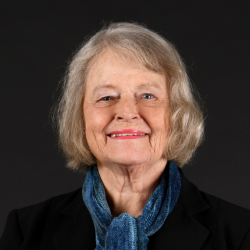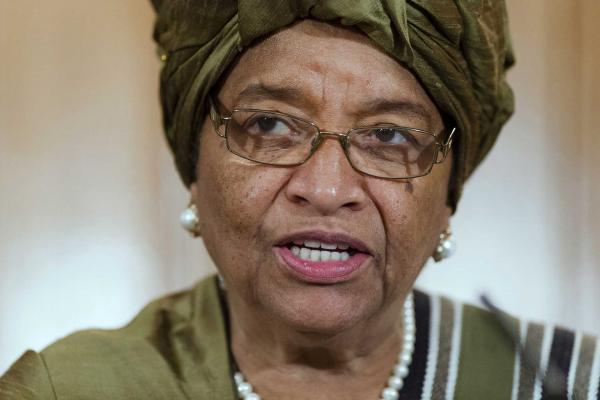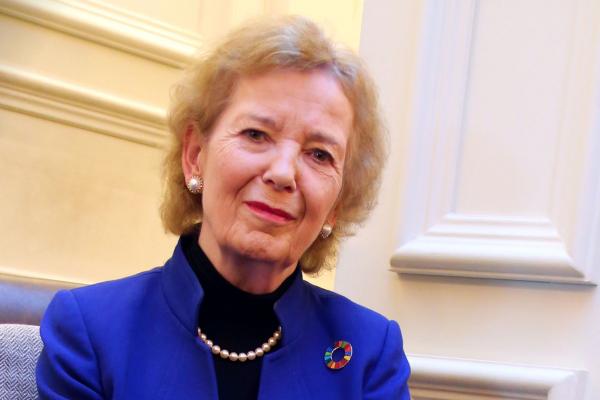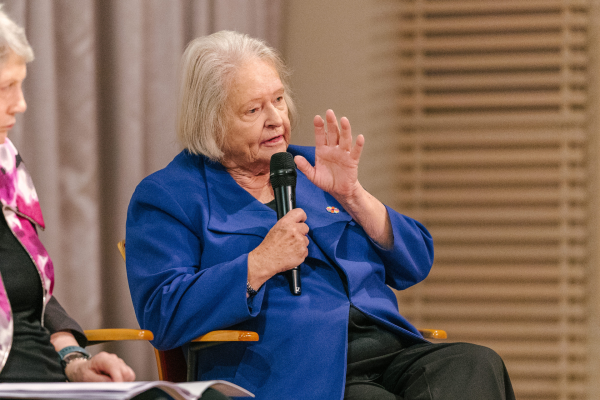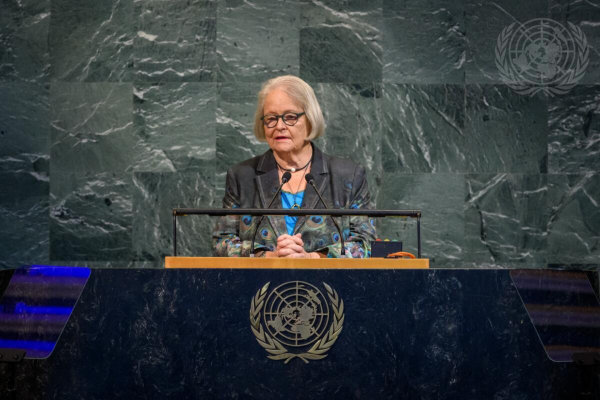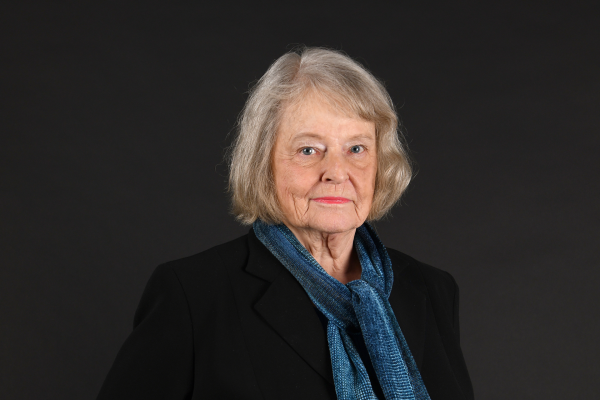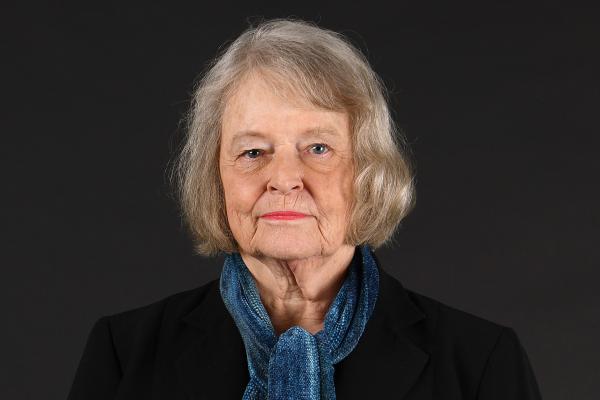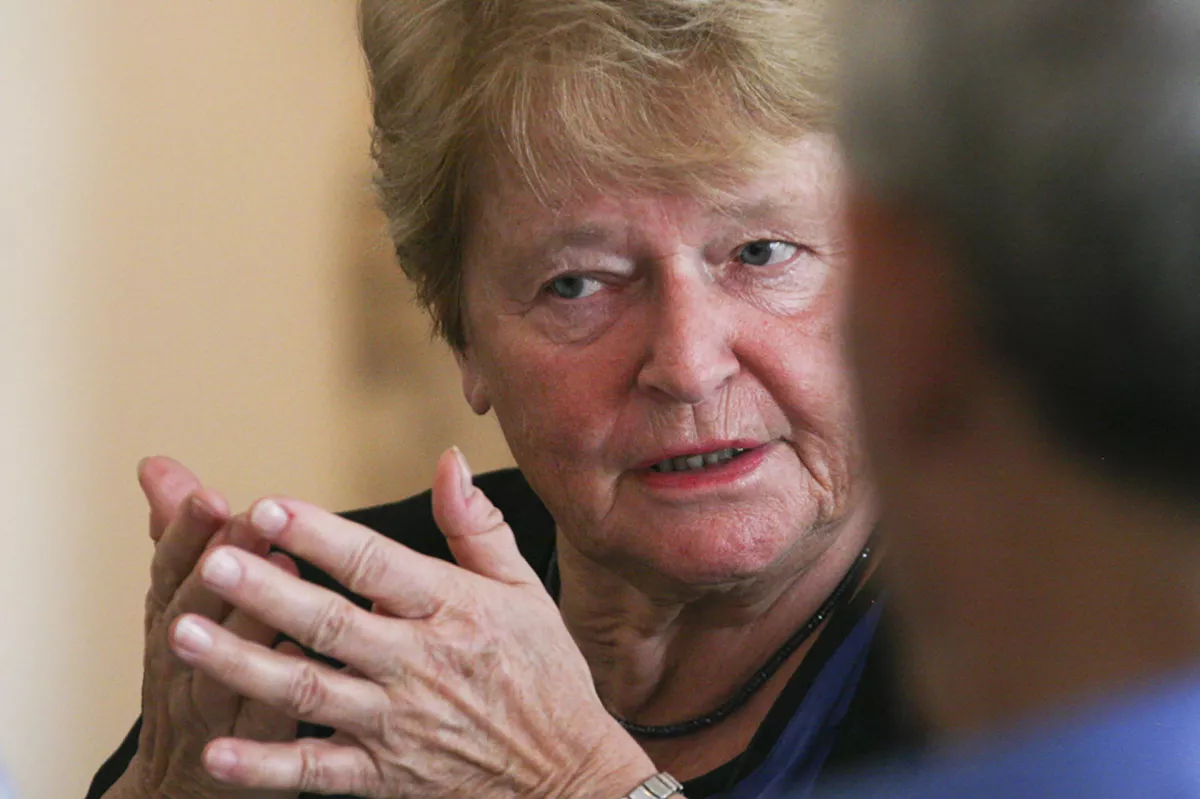
With the Doomsday Clock remaining at just 100 seconds to midnight, Gro Harlem Brundtland warns of an alarmingly high level of existential risk to humanity. Published in Project Syndicate.
Last January, my fellow Elders Mary Robinson and Ban Ki-moon participated in the unveiling of the Doomsday Clock, the annual indicator of global catastrophic risk published by the Bulletin of the Atomic Scientists. In 2020, the clock’s hands moved closer to “midnight” than they have ever been – just 100 seconds away – and they will remain there in 2021.
With an economic rescue plan that is both ambitious and well targeted, US President Joe Biden and his team have demonstrated a clear understanding of the scale and range of action that the current situation requires. A broader reconstruction plan can and must come later; but crisis management remains the order of the day.
It is hardly reassuring that we came no closer to midnight this year. The COVID-19 pandemic has served as a stark and deadly demonstration of the precariousness of our way of life. We have made remarkable progress on vaccines, and a new US administration brings hope of renewed multilateral cooperation. But there is no doubt that the future will be rife with existential threats: new pandemics, the climate crisis, nuclear conflict, and other risks that we cannot ignore.
Post-pandemic political leadership will be a crucial test of the world’s ability to rise to these challenges. Too many of our leaders have been found wanting. The virus has claimed some two million lives and wrought economic devastation worldwide. While mass vaccine rollouts offer some people a glimmer of hope, most of the world’s population will remain unprotected for quite some time.
To be sure, US President Joe Biden’s decision to re-engage with the World Health Organization is a welcome signal of America’s renewed commitment to multilateralism, as is his signing on to the COVAX scheme for equitable vaccine distribution. But WHO Director-General Tedros Adhanom Ghebreyesus has warned that unless we do more to ensure that COVID-19 vaccines are produced and distributed according to the principles of universal health coverage (UHC), the result will be a “catastrophic moral failure.”
As a new report by The Elders shows, fully overcoming COVID-19 and equipping ourselves for future health emergencies requires remodeling global public-health policy around three key pillars: preparation for future pandemics; ensuring UHC at national and global levels; and promoting healthier societies through holistic policies and social development.
No part of this agenda is revolutionary or too complicated to deliver quickly and at scale. Some of the countries that have performed well during the pandemic – including Thailand and Vietnam, which have reported barely 100 COVID-19 deaths between them – are already implementing this type of strategy. The challenge, as ever, is to back words with action, and to ensure that our efforts are properly funded and designed not to overlook the needs of the poor and marginalized.
Nowhere is this more essential than vaccination policy. The rapid development of not just one but several vaccines in less than a year is an incredible achievement and a triumph of human ingenuity, innovation, and cooperation. But it would be unpardonable if these precious vaccines were not equitably distributed around the world. In a pandemic, we cannot hope to recover fully or repair our social fabric unless we affirm and apply the principles of multilateralism and solidarity.
One of the most important lessons from the COVID-19 crisis is that short-termism and nationalism have weakened global health policy. It is now clear that national moves toward UHC must go hand in hand with multilateral efforts to strengthen public health systems globally.
To equip these systems for future pandemics, all stakeholders should define pandemic preparedness and response as a “global public good” that necessitates a multilateral approach, with states and global institutions pooling resources, capacity, and expertise. Equally important is support (and respect) for the ongoing work of the WHO and other bodies specifically charged with pandemic preparedness, including the Global Preparedness Monitoring Board (which I co-chair) and the Independent Panel for Pandemic Preparedness and Response.
In economic terms, investing in preparedness to strengthen health security offers excellent value for money. In the case of the Global Preparedness Monitoring Board, an annual global expenditure of around $5 per person could avert a repeat of the COVID-19 disaster, which has already cost the world economy more than $11 trillion. And a similarly high rate of return can be found in UHC reforms, which have been shown to bring countries rapid health, economic, and societal benefits at all income levels.

